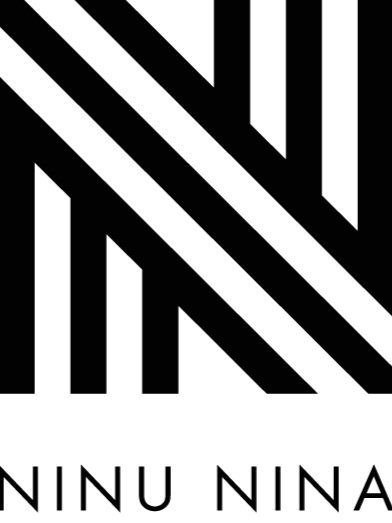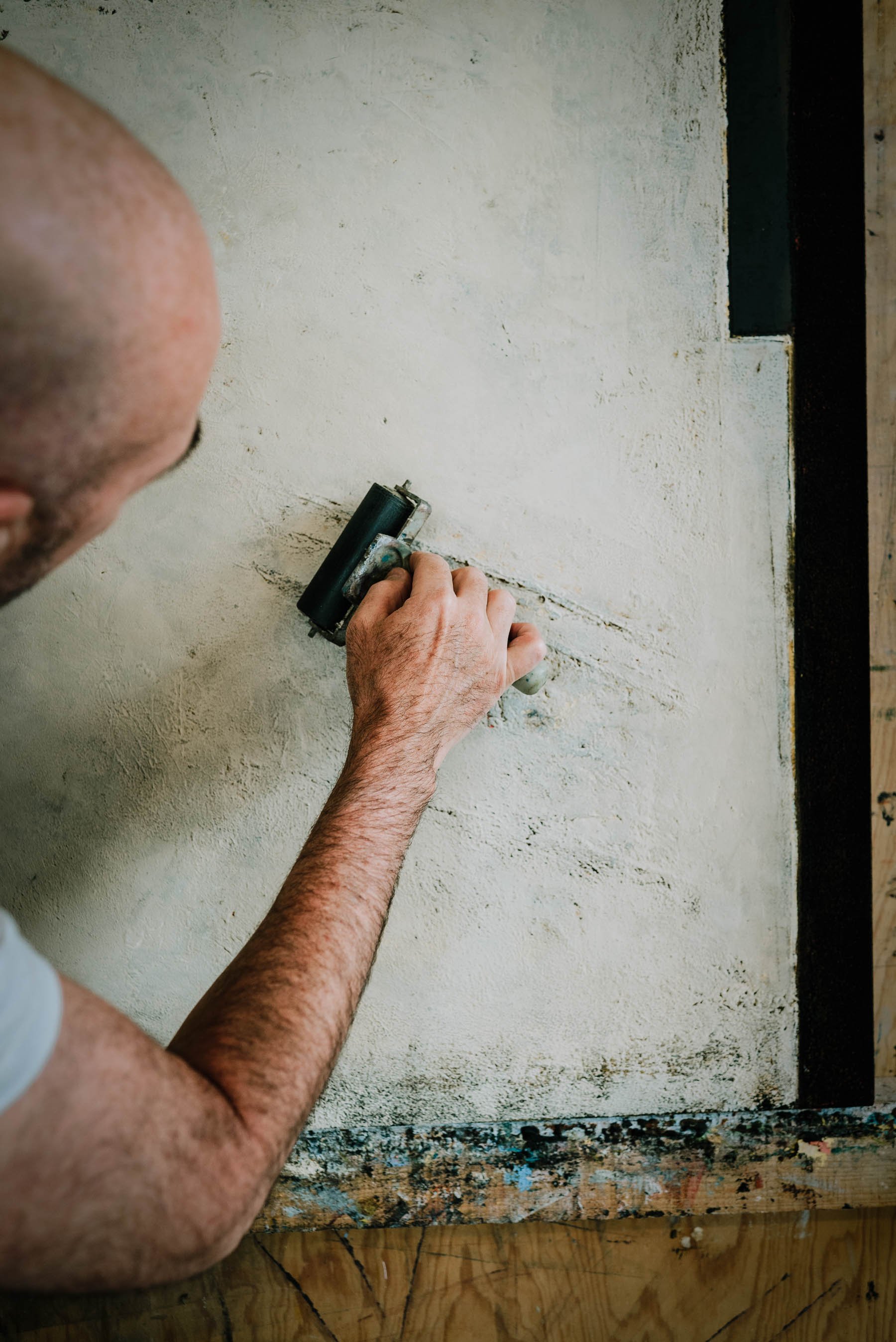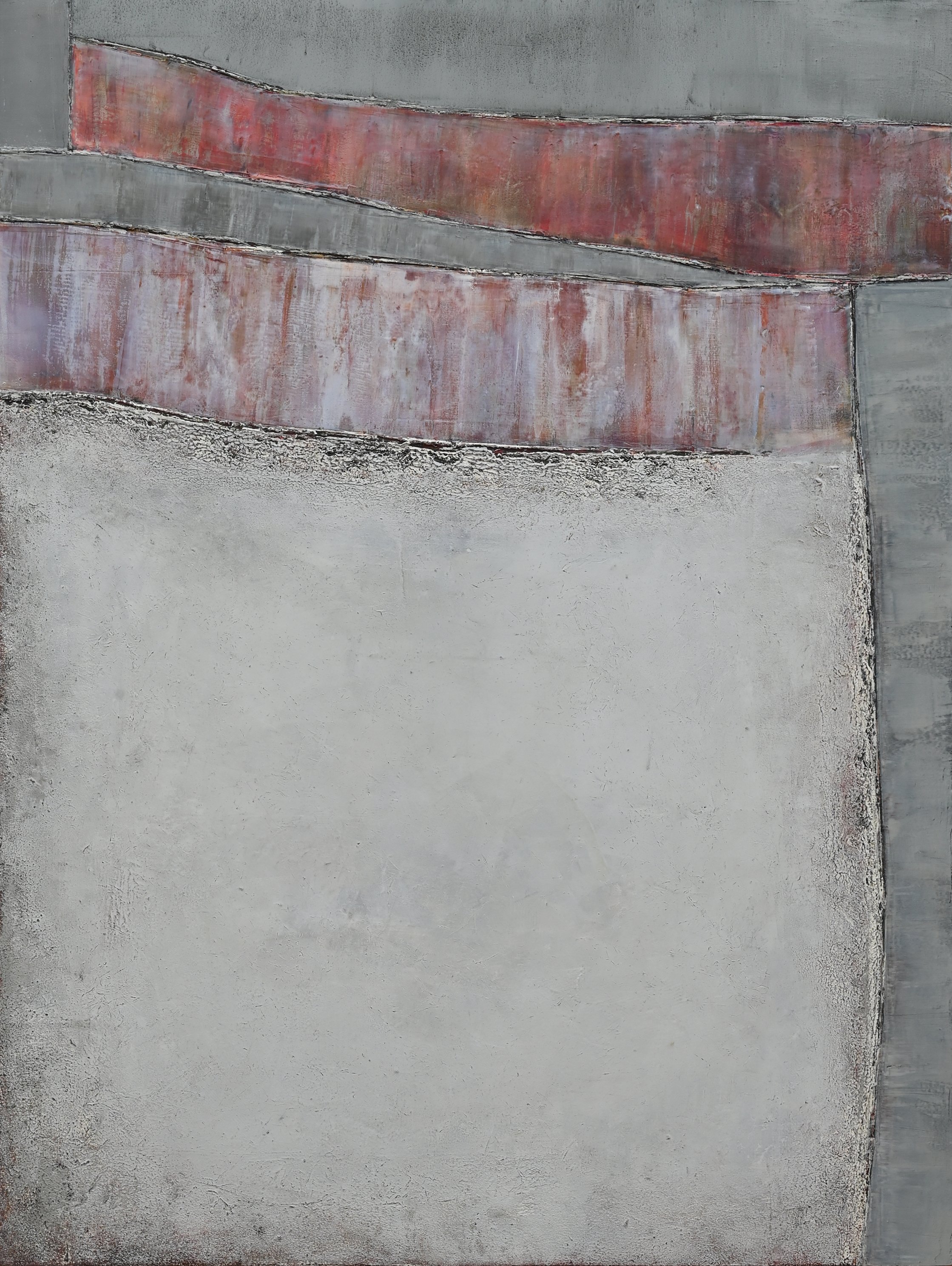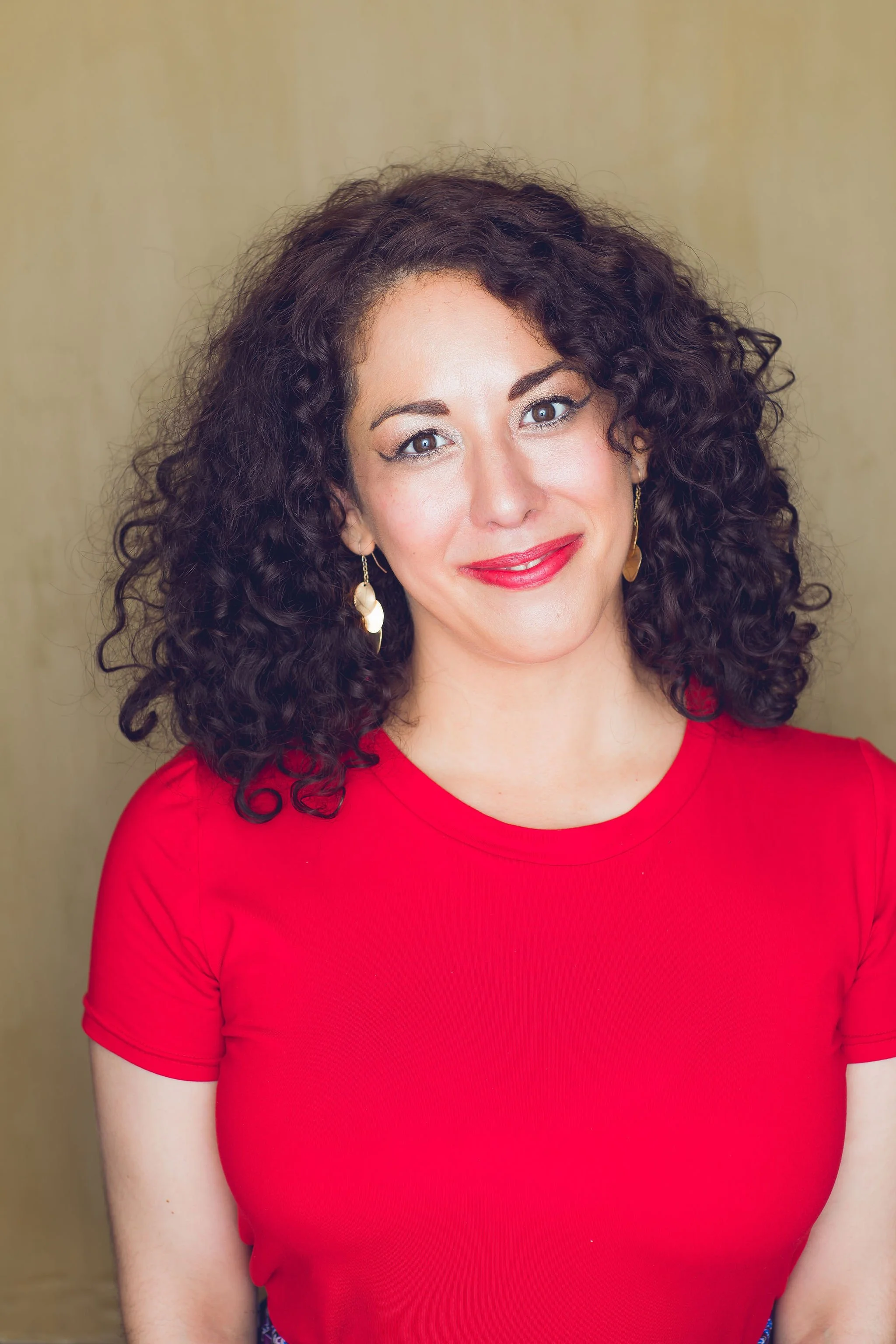ARTIST JERRY MCLAUGHLIN
Jerry McLaughlin is a Mexico-based artist whose monochromatic abstract paintings stand out in the growing return of pure abstraction.
I was born in Southern Ohio, basically Appalachia. I knew I wanted to be a painter when I was 10 and saw a Jackson Pollock action painting in an encyclopedia. But for many of the common reasons so many people let go of art, I essentially forgot about art and ended up studying medicine. I practiced pediatric critical care medicine for many years, but found art again after completing my training. Connecting with art again was powerful. I could see something different in myself, different possibilities for my life. So, I practiced medicine part-time and art full-time and eventually found myself really doing art, really being an artist. I was fortunate. I was invited into some galleries. I was having shows, living in that art world (and still practicing medicine).
I paint primarily with oils and cold wax medium. When I started painting there was no book about the medium, no videos, nothing out there. There was a void I knew needed to be filled. So, I decided to write a book about the medium, a book I knew there was an audience for. I persuaded artist Rebecca Crowell to work with me, and we wrote that book together, the first and only comprehensive book on cold wax medium. That book opened some professional and entrepreneurial doors for me, and five years ago I retired from medicine. Shortly after, my husband and I, and our dog Bert, moved to Mexico.
We were not planning on moving. We were happy in the Bay Area. But during a workshop I taught in San Miguel de Allende, we both fell in love with the city and decided to move here. I had been an exchange student in Orizaba, Veracruz, Mexico, in high school, so I already felt a connection with the country and the language. It just felt right to us, so we did it. And it has been one of the best decisions we have ever made. It has been beautifully transformational for us as individuals and as a family.
How has living in Mexico shaped your painting practice?
It has had a huge impact. The biggest has probably been simply the change in pace. Things move more slowly here. I have time to think and work without the pressure and pace of life in the Bay Area. I noticed immediately what it felt like to have time. Having time is so important. I’m more relaxed, more open. My life feels calm, feels more expansive. More time and space with my art has expanded my views of my work and allowed me to explore new ideas, new media, and new projects, as well as time to continue developing my prior pursuits.
There has also been a strong impact of place on my work, much more than I anticipated. I live in the high desert of Central Mexico, an area called the Bajio (lowland) interestingly, since our altitude is roughly 7,000 feet. There is an austerity and severity to the landscape. The sun is intense, the light is harsh and the shadows deep. I’ve always loved modern Mexican architecture, but living in and among it, the shapes, surfaces, and lines are always there, and they filter in. Straight lines, sharp angles, and hard edges. The subtle surfaces of adobe and concrete, are beautiful when they are new and maybe even more so when they age. These have all changed the form of my work. More simplicity. More geometry. More light. More lines. More subtlety of texture and surface. More expressive and more formal at the same time. It’s been interesting.
What does well-being mean to you?
For me, well-being means giving proper time, attention, and space to the important, and what I feel are fundamental, aspects of human life: physical health, mental health, emotional health, spiritual health, relationships, creativity, contribution, and low impact. I think it is almost impossible to give equal and constant attention to all of them, all the time.
I try to develop daily practices that nurture these areas. I go to bed early and wake up early. I meditate and journal. I have a gratitude practice. My husband and I work at home, so we see each other often during the day. We stop and talk. We cook and eat dinner together every night—virtually nothing gets in the way of that. It’s our ritual. Our home is designed to collect and store rainwater for household use. We have a garden, and we compost. I’m a vegetarian. We have a dog, Bert, who brings us an immense amount of joy. We have friends and socialize. I have my art practice. Probably the hardest for me is movement. I should purposefully move my body more. I keep trying to develop a yoga practice…eventually it will happen. I hope.
Your use of wood ash and other natural materials seems to go beyond the obvious tactile qualities they offer. What do these materials evoke for you personally?
I’ve always had a love for materiality. Each material has its own allure, its own set of qualities that draw me to it. And ash has its own unique physicality. Except, ash is not one material. It is an almost infinite range of materials. Depending on the material that burned, how much oxygen was available, and the temperature of the fire, the same fire can produce a range of different ashes. I love the physical texture, the grittiness, the chunky bits. But sometimes it’s soft, too, almost like talcum powder. I love what it does, and how it behaves when it is mixed with a medium and then applied to a surface. There is nothing like it.
But, as you said, there is more to it than its physicality. Ash captures the story of the fire that produced it. The time, the place, the material, the circumstances. Something beautiful and communal, like a campfire. Something devastating and destructive like a forest fire. Something complex and provocative like the burning of trash. Cremation of an animal or person we loved. It’s all there, reduced to that pile of remains. Because of its association with fire, ash evokes ideas of death and destruction, transformation and renewal, residue and remains, letting go, and on and on.
Working with ash feels very personal to me. I feel a deep connection with its symbolic and metaphoric qualities. I love how it captures time and place, and I love its materiality.
Figurative art has dominated for some time now. Do you think abstract art will make a comeback?
Of course it will. Everything changes over time: what’s important, what people like, what sells—these are all always in flux. We just never know how and when the change will take place. But I think (fingers crossed) pure abstraction is about to make a return.
What do you think abstract art offers that other art genres do not?
Abstract art is a broad term. A lot of the current figurative work is quite abstract. So, I’m going to answer this question focusing on pure abstraction, or non-representational art. I think pure abstraction offers the possibility, depth, and potential of experience that other genres do not. The absence of recognizable things in the work allows pure abstraction to be nothing and everything at the same time. It can be pure distillation to color, shape, line, value, or texture. Or it can be a deep, universal experience and emotion. Or it can be both. In pure abstraction, there are no references to person or place, to what or when. This gives the viewer a unique, and sometimes challenging, opportunity for experience, an opportunity I don’t think exists with representational work. Even when the work is heavily abstracted, we still identify the who, the what, the where. And although that identification can be very grounding, even comforting for the viewer, I do think it is limiting.
While your practice is heavily rooted in analog, physical materials and processes, do you have any thoughts on artificial intelligence’s role (or potential) in art-making or the art world at-large?
I do have thoughts about this, thoughts I’m sure some people will bristle at. My work is totally rooted in analog, in materiality, and despite its minimalist aesthetic, in romanticism I suppose. The hand of the artist must be present. I view technology as a tool, something to help us, to make things easier. I think AI has tremendous potential for this, for solving problems, for finding useful patterns in complex systems: helping doctors better diagnose and treat patients, helping scientists better understand climate and weather, and things of this sort. But AI as an agent of genesis? I am totally against it. Maybe it’s kinder if I say, “I have no interest in it.” I think we should be painting our own paintings, composing our own music, and writing our own stories (and artist statements). I am all for artists tackling technology and AI as subject matter, but for actually generating content, I guess (again) I’m old-fashioned. I’m interested in work thought up and made by people. People have ideas, thoughts, feelings, and stories I care about. AI doesn’t.
What is next for you?
I feel like I’m at an exciting point. I’ve been traveling and looking at work in other places, comparing and contrasting what I do with what others are doing, trying to better understand my place in the art world. I’m viewing the possibilities for my work in a larger context. Different media, different approaches. I feel a clarification of the conceptual and formal elements of my work happening. I’ve already started developing new exhibition projects in my studio, and I have two artist residencies lined up in 2024 which I’m really excited about.
I’m also focusing on slowing down more, creating even more space in my life for my art and my family, and that feels really good.
Website: https://www.jerrymclaughlinart.com/
Instagram: @jerrymclaughlinart





